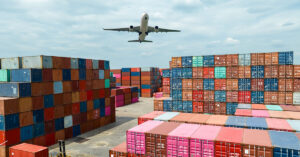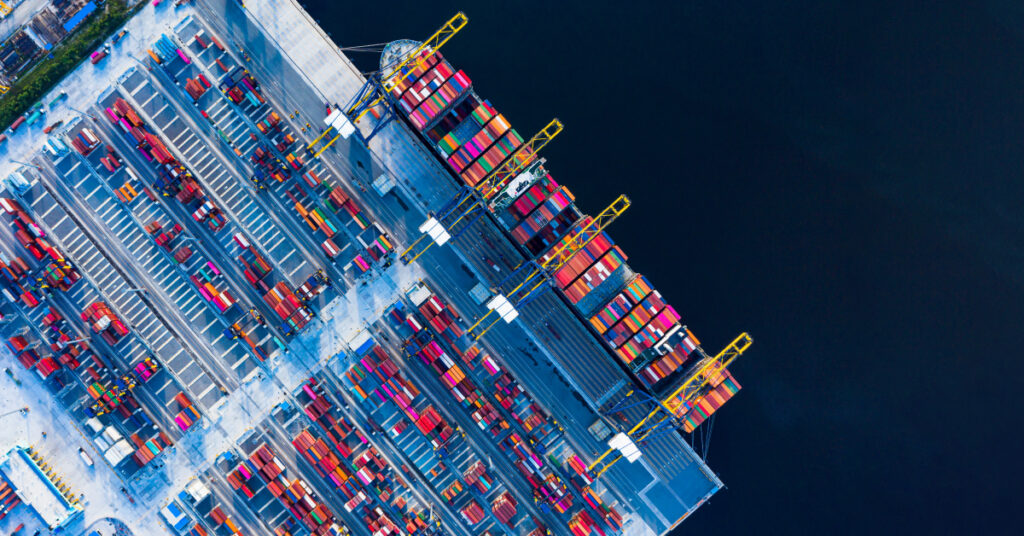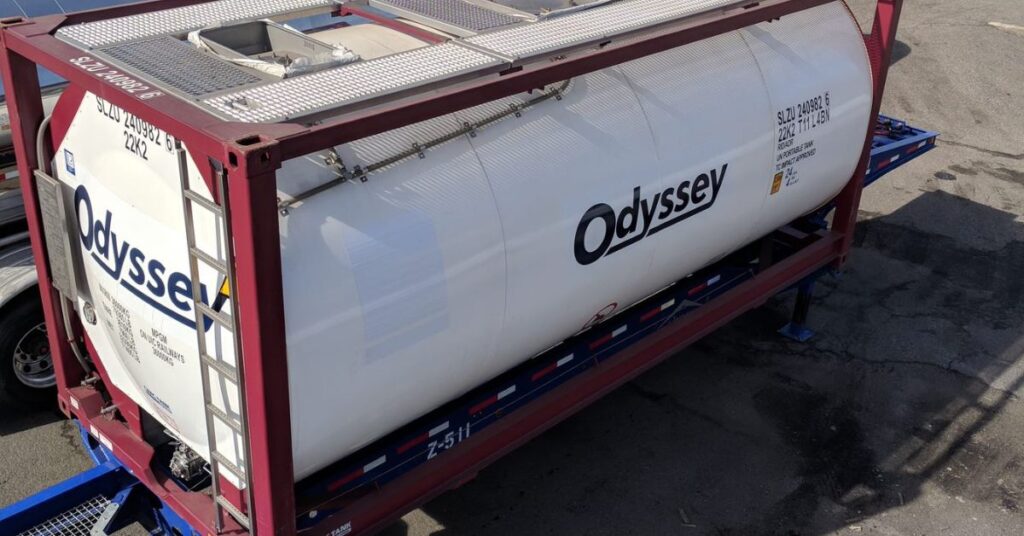As if the impacts of a global pandemic weren’t putting enough roadblocks for shippers around the globe right now, congested seaports, a lack of available ocean containers, a persistent truck driver shortage, rising transportation rates, and fluctuating raw material availability are all adding to the chaos. Few, if any, industries have been spared this “perfect storm” of logistical and transportation hurdles, which are impacting everything from order lead times to delivery times to tracking.
On the labor front, companies are adding shifts, boosting their hiring bonuses, and paying out higher wages in hopes of finding and retaining the employees they need to be able to operate at full tilt. Staffing challenges have been particularly difficult for carriers, which not only have to put drivers in vehicle seats, they also need humans to man the phones, create shipping schedules, and dispatch those drivers (among other responsibilities).
“In the midst of one of the strongest freight markets in years, there are still fewer workers employed in the truck transportation sector than a year ago,” FreightWaves points out, adding that national unemployment numbers and stimulus funds could be impacting “the willingness of people to become truck drivers or stay out on the road if they’re already behind the wheel.”
High Demand for Transportation
Other trends driving demand for all modes of transportation include the e-commerce boom and the rush to fill a backlog of orders that may have accumulated in 2020 during the depths of the global pandemic.
And while U.S. jobless claims have retreated as COVID-19 restrictions have eased, LA Times reports driving jobs are plentiful right now. “The highest-demand job in the country is for truck drivers, particularly those who can handle heavy commercial vehicles and tractor-trailer rigs,” the publication reports, noting that nearly 760,000 such trucking positions were open in December—roughly three times the openings for registered nurses, the second-most high-demand job right now.
As the e-commerce boom continues, the driver shortage is the final issue the logistics companies have to address, the first is the shortage of customer service and procurement staff that handles the shipments coming in and scheduling the routes. Carriers are doing their best to address the volume of shipments, and catch up but it’s becoming extremely difficult when volumes are not lightening. As a result, carriers are extending delivery times and are unable to provide reliable and accurate tracking.
Currently, carriers are trying to fill these roles, but are finding it extremely difficult to find the necessary talent. An article in Spend Matters, “2021 and the war on supply chain talent: How tech can create a win-win,” found “rising procurement and supply chain professionals are looking for impactful work, energized cultures and a place to build up their industry expertise and skill sets. Those three priorities are hard for any employer to deliver when staff is buried in reporting and the more tactical elements of the job. Because of this, it’s not surprising that 34% of supply chain professionals cite a “lack of needed resources or technology systems” as the most challenging, frustrating, disappointing or unfulfilling aspect of their job.” Companies that have prioritized the importance of technology will see the benefits, by attracting and retaining talent needed to optimize their business and customer experience.
But Wait, There’s More…
As carriers work to attract more drivers, other groups are working to address other supply chain issues like seaport congestion and a lack of ocean shipping containers for imports and exports. Congestion continues in the Ports of Los Angeles and Long Beach, where container ship backlogs are currently nearing the 6-month mark.
“Vessels continue to be unloaded at the terminals while arriving vessels go directly to anchorage and wait in anchorage from 4-8 days for an available terminal,” Western Overseas Corporation reports.
“The explosion in e-commerce purchases by American consumers in the last several months of the pandemic resulted in container volumes that overwhelmed workforces on the docks, in warehouses, and on truck routes in between that have struggled with illnesses and absences because of the COVID-19 pandemic,” Baking Business points out, adding that these workforce challenges may wane as more workers are vaccinated.
Where Did All of the Containers Go?
The container shortage is also making life difficult for shippers and carriers right now. According to Hellenic Shipping News, the cascade of events caused by the pandemic created this global crisis, which is impacting most international supply chains right now. And, the companies that can secure containers for their goods are paying much higher prices for those containers than they did, say, a year ago.
“The lack of containers in the right locations during the recovery phase had a massive impact on rates. Market participants declare that transportation cost has increased from about $1,500 to $6,000-$9,000 per container in February this year,” Hellenic Shipping News reports.
Some countries are stepping in to help. With reports of growing congestion and the lack of containers spreading into China’s major ports, for example, Chinese officials recently called for better cooperation to maintain trade and slow the rise in container rates. “They recently called on the ports and shipping associations,” according to The Maritime Executive, “to work with the international carriers to resolve the container shortage.”
No Quick Fixes
While there is no overnight fix for the myriad supply chain and transportation issues that have surfaced in 2021, transportation providers and other entities are taking steps to help minimize the negative impacts on their own organizations and for their customers. “Numerous measures are currently being taken to break the deadlock,” the publication adds, “such as carriers’ attempts to reduce free time and detention periods, more efficient unloading systems, etc.”
Companies are also using more software, artificial intelligence (AI), and other technology-based solutions to navigate their transportation-related challenges, while providers are also leaning on these tools to help them work smarter, better, and faster during this disruptive period. Using modern transportation management systems (TMSs), for example, shippers can streamline their transportation procurement and planning; make quick decisions on the fly; and free up their employees to focus on more important tasks.








